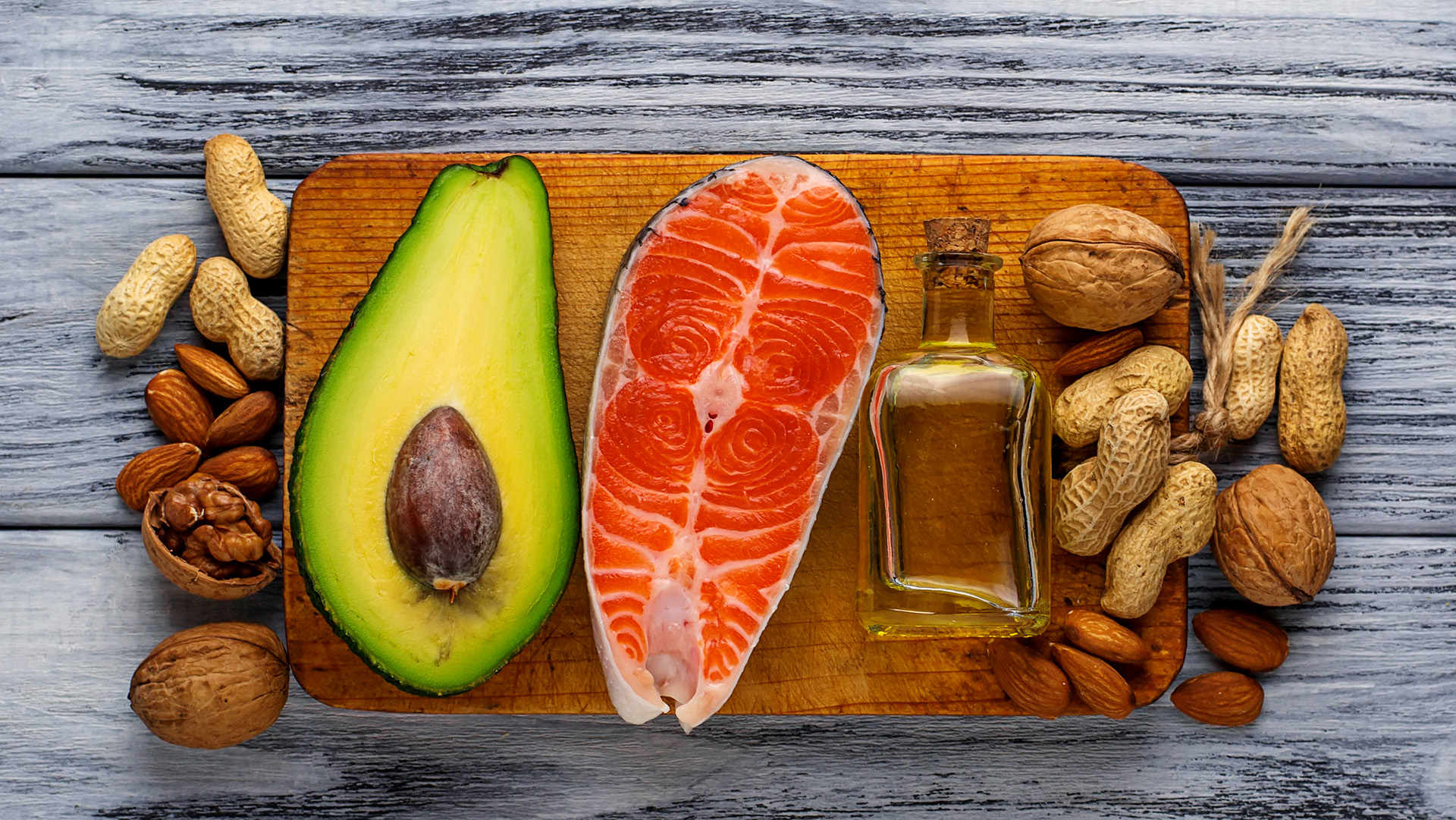-
There is a lot of misinformation about what foods are or aren't heart-healthy, so it may surprise you to learn that you don't need exotic fruits, imported nuts, or even pricey supplements to take care of your heart.
By making smart choices at home, at the grocery shop and at your favourite restaurant, you can reduce your risk of disease.
Here are a few simple dos and don'ts to help guide your healthy decisions.
1. DO focus on vegetables
Most Australians don't eat the recommended minimum of five servings per day, but vegetables of all kinds and colours should take centre stage in a heart-healthy diet. They're rich in fibre, vitamins, minerals and antioxidants that promote a healthy heart and body, plus they're filling and low in calories, which can help with weight management. Fresh, frozen, dried, canned (without sugar/syrups or added salt), raw, cooked – all vegetables are good for you.
2. DON'T overdo it on juice and processed ‘fruit’ snacks
While small amounts of 100% fruit juice can fit into a healthy diet, they're also concentrated sources of sugar (naturally occurring) and calories compared to whole fruits, which also boast heart-healthy fibre while juice does not.
3. DO monitor your sodium intake
Our bodies do need sodium, but we normally eat in excess of the recommended maximum of 2300 mg per day to prevent high blood pressure and heart disease. Remember that sodium doesn't just come from the salt shaker, but also from processed foods including canned products, condiments and deli meats and in cooking or at restaurants.
"Vegetables of all kinds and colours should take centre stage in a heart-healthy diet."
4. DON'T forget about added sugar
Most people know that added sugar doesn’t provide any real nutrition. While many people associate sugar with the development of diabetes, few people realise that sugar also plays a role in heart disease.
5. DO cut back on saturated and trans fat
To reduce your risk of heart disease you need to choose the right types of fat. Avoid fats that elevate your cholesterol levels: saturated fats (usually found in high-fat meats and dairy products, baked goods and fried foods that contain palm oil, palm kernel oil and coconut oil) and trans fats (hydrogenated oils found in baked goods and some margarines.
Choose products lower in saturated fat, try baking or broiling instead of frying, and reduce or omit the saturated fats that recipes call for (butter, shortening, lard).
6. DON'T fear all fats
Monounsaturated fat and omega 3s actually promote heart health. Focus on making smart fat choices to meet your daily recommendations. Fats found in nuts, olive, soybean and canola oils, fish and seafood all help your heart.
"To reduce your risk of heart disease you need to choose the right types of fat. Avoid fats that elevate your cholesterol: saturated and trans fats."
7. DO limit alcohol intake
Research indicates that a moderate alcohol intake (no more than two drinks per day) has been associated with a decreased risk for certain cardiovascular diseases, particularly coronary heart disease.
8. DON’T miss out on fibre
A high fibre diet (up to 30 g per day) can help reduce the risk of heart disease. Certain types of fibre may help lower LDL cholesterol. To meet your daily quota, select a variety of unprocessed plant-based foods each day, including whole grains, oats, whole-wheat bread/flour/cereal, fruits, vegetables and legumes including beans.
While it may seem like there are a lot of ‘rules’ to follow to protect your heart and your health, it all boils down to making smart choices on a consistent basis. Make healthful choices most of the time, you'll be doing your body – and your heart – well.
Eating for a healthy heart

-
Is sharing a meal the secret ingredient to a happier life?
Why social connection may be the most important ingredient on your plate.
-
Chicken soup with parmesan, rice, peas and lemon recipe
Nourishing chicken soup
-
The best immunity-boosting foods
Key nutrients to focus on that could help to boost your immunity, and the how to get them.
-
Comforting chicken noodle soup
Packed with anti-inflammatory ingredients including leek, garlic and ginger, this chicken noodle soup is hearty, full of goodness and great for any night of the week.
-
Peach salsa recipe
Zesty and unusual peach salsa recipe
-
Pineapple gingerbread crumble recipe
A summer riff on a winter classic.
Subscribe to receive the best from Live Better every week. Healthy recipes, exercise tips and activities, offers and promotions – everything to help you eat, move and feel better.
By clicking sign up I understand and agree to Medibank's privacy policy






